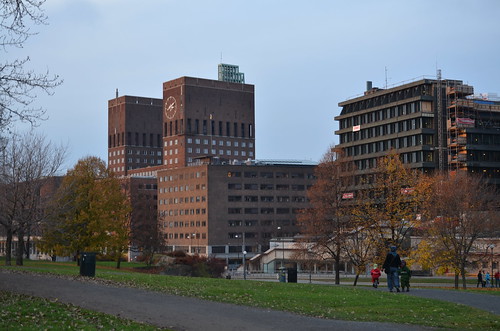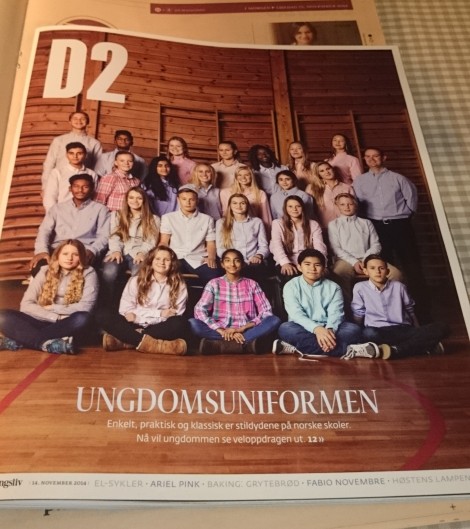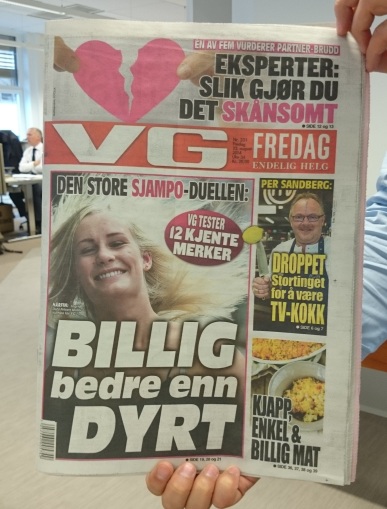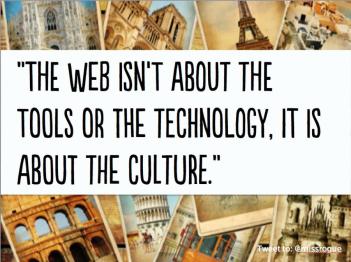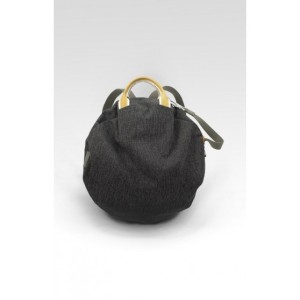It’s been almost ten years since I started this blog. I have now been on a kind of blogging break for months. This is why:
1. I can’t blog about other people’s secrets. For the past few years, between client confidentiality and some serious family issues, more and more of my thoughts I just need to write to make sense of, have been unpublishable. One of the biggest things going on in my life since October 2012 has been my sister getting cancer – twice. She has been very open about this in her own digital presence – check out her instagram – and also went viral when she took part in a remake of the “Call on Me” music video with a group of cancer patients. So her cancer was never a secret. But it was never my story to analyze online either. This is only one example of several important topics I have needed to put into words lately, which I have chosen to talk about or write privately about, rather than blog about.
2. I got my dream job. People regularly pay me to write, to critique other peoples’ writing, to make websites less annoying, to follow people on Twitter and to talk about digital media. A lot of what I used to do on this blog is now stuff I get paid to do. Sometimes that means I can’t do it for free after work, either because it wouldn’t be fair to my clients and employer, or just because I want to unwind by doing something that isn’t my job. This is a good thing. I used this blog as a writing practice space, and it got me exactly where I want to be.
3. I live with someone. When I moved out of my parents’ house and into my own apartment years ago, I suddenly had a lot of extra unsocial time on my hands. I had a few hours almost every day when there was absolutely no one around. Filling this time with writing was a natural choice, because I was exchanging telling my parents about my thoughts (whether they wanted to know or not) with writing down my thoughts and potentially telling the world (the world did not need to listen). Now I come home from work, and there is usually someone there who actively wants to know what’s on my mind.
4. Over the past few years, I have been learning with my body at least as much as with my mind. I started learning partner dancing about five years ago, and since my move to London and back to Oslo, West Coast Swing has taken over a lot of my free time. Breaking my wrist made it necessary to train my arms, shoulders and back more specifically, which also helped my dancing. Gradually, and without noticing, I built up the strength and fitness to be able to enjoy jogging, so I started doing that. And finally, after 28 years of not quite cutting it as a proper Norwegian, I can now confidently say that I actually do know how to cross-country ski. After going to school and filling my brain with new information for over two decades, it feels right that my learning experiences as an adult should be about training my body to do new things. But this training has filled up time I might otherwise have spent writing, and it has not inspired me to write about exercise. Perhaps because I do not have the right vocabulary, or perhaps because it simply isn’t very controversial: I jog and it makes me able to jog more. Not worthy of a blog post. When I have wanted to write about this, it has been very difficult to put into words without fear of being too personal or making other people feel bad. I have gone through periods of being very frustrated with dancing and struggling to write about that in a way that could possibly be published. (My blog post about competitive dancing gets into some of this.) One thing all this training has made me think about – to the point of wanting to blog about it – is that my gym classes could have been so much better when I was in school.
5. The internet changed. While blogging in general is alive and well, many of the bloggers I used to follow have quit, turned writing words into a paying job (like me!) and/or just relocated to Twitter. Posting something on Twitter is faster, both the actual posting, and the response I get from the internet. I don’t really like this, but it’s the truth.
6. I grew up. Growing up means a lot of things, but this is one way to describe it: You become less selfish, but at the same time, you become more important. What I write here now has more serious potential consequences, because I am important to more people than I used to be. Unlike when I first started blogging, I now have co-workers, clients, bosses, students, competitors and a boyfriend (who also has a family and a network of people who I am in some way important to). Over the past ten years, I have also deepened friendships, started friendships and ended friendships. I don’t pretend that the majority of all these people read my blog. But I have become more aware of the consequences of what my audience might think, and this has introduced a self-consciousness in my writing that I do not like. Can I blog about how weird it feels to be called a social media expert without discouraging potential clients? Can I complain about something bothering me about the West Coast Swing community without a backlash from other dancers? Will being upfront about my opinions on companies or brands come back to bite me when Burson-Marsteller wants them as a client? I didn’t have to worry about this when I started blogging. I barely had to worry about what my parents and teachers thought.
I do not know what all of this means for the future of According to Julie, but I do know that writing is an addiction that I have not fed enough lately and that I need to do something about that.

